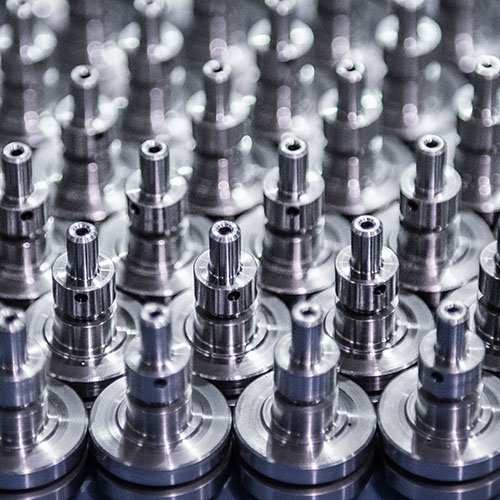In automotive manufacturing, technical cleanliness stands as a pivotal factor influencing the quality, reliability, and longevity of vehicles. As automotive technology evolves, the demand for precision and cleanliness in manufacturing processes becomes increasingly paramount. In this article, we delve into the intricacies of technical cleanliness in automotive manufacturing and explore the challenges associated with contamination.
Understanding Technical Cleanliness
Technical cleanliness in automotive manufacturing refers to the stringent measures and standards implemented to minimize contaminants such as particles, residues, and impurities during the production process. These contaminants, if not adequately controlled, can adversely affect the performance, functionality, and safety of automotive components and systems.
Importance of Technical Cleanliness
Achieving and maintaining technical cleanliness is vital for several reasons:
Quality Assurance
Technical cleanliness ensures the quality and reliability of automotive components, preventing premature failures and defects that could compromise vehicle performance and safety.
Regulatory Compliance
Automotive manufacturers must adhere to stringent cleanliness standards mandated by regulatory bodies to ensure compliance with industry regulations and standards.
Customer Satisfaction
Cleanliness plays a crucial role in enhancing customer satisfaction by delivering vehicles with optimal performance, durability, and aesthetics.
Contamination Challenges in Automotive Manufacturing
Despite the significance of technical cleanliness, automotive manufacturers face various challenges in maintaining pristine manufacturing environments and mitigating contamination risks.
Particulate Contamination
Particulate contamination, comprising dust, dirt, metal shavings, and other debris, poses a significant challenge in automotive manufacturing. These particles can infiltrate critical components, leading to abrasion, wear, and malfunction.
Oil and Grease Residues
Residual oils, greases, and lubricants used in manufacturing processes can contribute to contamination if not adequately controlled. These substances can attract and retain particles, compromising the cleanliness of components and systems.
Cross-Contamination
Cross-contamination, whereby contaminants from one area or component migrate to another, presents a complex challenge in automotive manufacturing facilities. Contaminants can spread through air currents, equipment, tools, and personnel, necessitating stringent controls and segregation measures.
Assembly Line Challenges
Maintaining cleanliness across assembly lines, where multiple components come together to form complex automotive systems, requires meticulous planning, monitoring, and maintenance to prevent contamination at each stage of production.
Strategies for Addressing Contamination
To overcome contamination challenges and uphold technical cleanliness standards in automotive manufacturing, manufacturers employ various strategies and best practices:
Cleanroom Facilities
Implementing cleanroom facilities with controlled environments, including filtered air, positive pressure, and stringent cleanliness protocols, helps minimize particulate contamination during critical manufacturing processes.
Robotic Automation
Integrating robotic automation reduces human intervention in manufacturing operations, minimizing the risk of contamination from personnel and enhancing precision and consistency in component assembly.
Advanced Cleaning Technologies
Adopting advanced cleaning technologies such as ultrasonic cleaning, plasma cleaning, and solvent degreasing enables thorough removal of contaminants from automotive components, ensuring optimal cleanliness levels.
Stainless Steel Carts and Baskets
Utilizing stainless steel carts and baskets in automotive manufacturing facilities can significantly reduce contamination risks. Stainless steel, known for its durability, corrosion resistance, and ease of cleaning, provides an ideal solution for transporting components and materials in cleanroom environments. These carts and baskets minimize the risk of particle shedding and contamination, contributing to enhanced cleanliness and product integrity.
Preventive Maintenance
Regular preventive maintenance of manufacturing equipment, tools, and facilities is essential for minimizing contamination risks and ensuring the integrity of automotive components throughout the production process.
Training and Education
Providing comprehensive training and education programs for personnel regarding cleanliness protocols, contamination prevention techniques, and adherence to regulatory standards fosters a culture of cleanliness and accountability within automotive manufacturing facilities.
Conclusion
Technical cleanliness is a fundamental aspect of automotive manufacturing, influencing product quality, reliability, and customer satisfaction. By addressing contamination challenges through the adoption of advanced technologies, stringent protocols, and best practices, automotive manufacturers can uphold cleanliness standards, mitigate risks effectively, and ensure the integrity of their products. Incorporating stainless steel baskets and carts further enhances contamination control efforts, contributing to cleaner manufacturing environments and superior automotive products.



